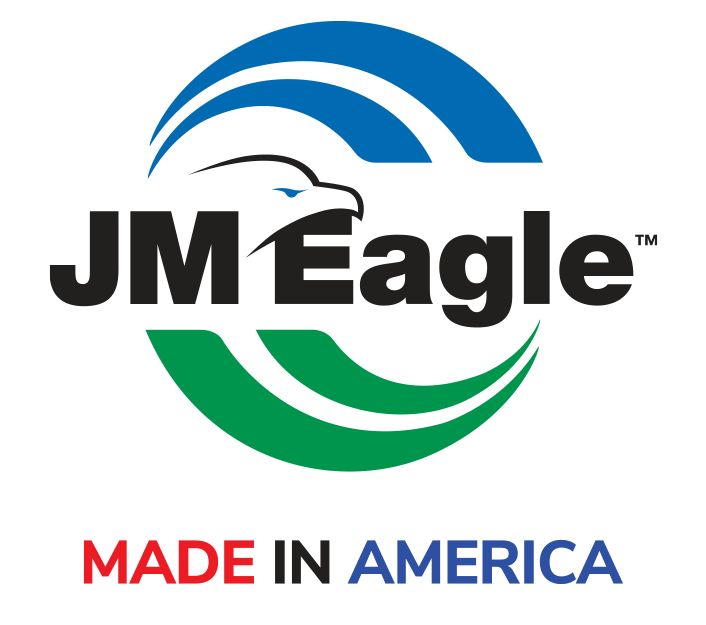
Contributing life’s essentials
to empower communities around the world with life’s fundamental necessities through the finest eco-conscious plastic pipe solutions available.
Lead in Drinking Water: What are the Health Risks and How to Prevent It
Lead Pipes Are Ancient History
Lead has been used for centuries to create water pipelines and other products, including lead-based paint, batteries, ammunition, metal products like solder and pipes, and tools to shield X-rays. Clean Water Action noted that the Roman Empire used lead for water lines and a multitude of other uses. Lead is easy to extract and as far as metals go, is very flexible. New uses for lead came about during the Industrial Revolution, which brought about lead paint and leaded gasoline.
Ingestion of old lead paint is the most popular way people are exposed to lead contaminants. Aging paint begins to peel and to disintegrate into dust. Through hand to mouth contact or the contamination of food or water, the lead enters the body. People who are employed in construction, manufacturing and solid waste/recycling are also subject to the risk of lead exposure.
Humans can be exposed to lead through inhalation, ingestion, and on rare occasions, through the skin. Lead gets into drinking water when pipes and other plumbing fixtures start to rust and disintegrate. A chemical reaction between water and your plumbing creates corrosion, which dissolves and wears away metal. Typically, homes built before 1986 have pipelines made of lead. To avoid lead poisoning, such lines should be replaced with “lead-free” pipes that now have a small percentage of lead.
Read more here: https://bit.ly/2CW9euP
